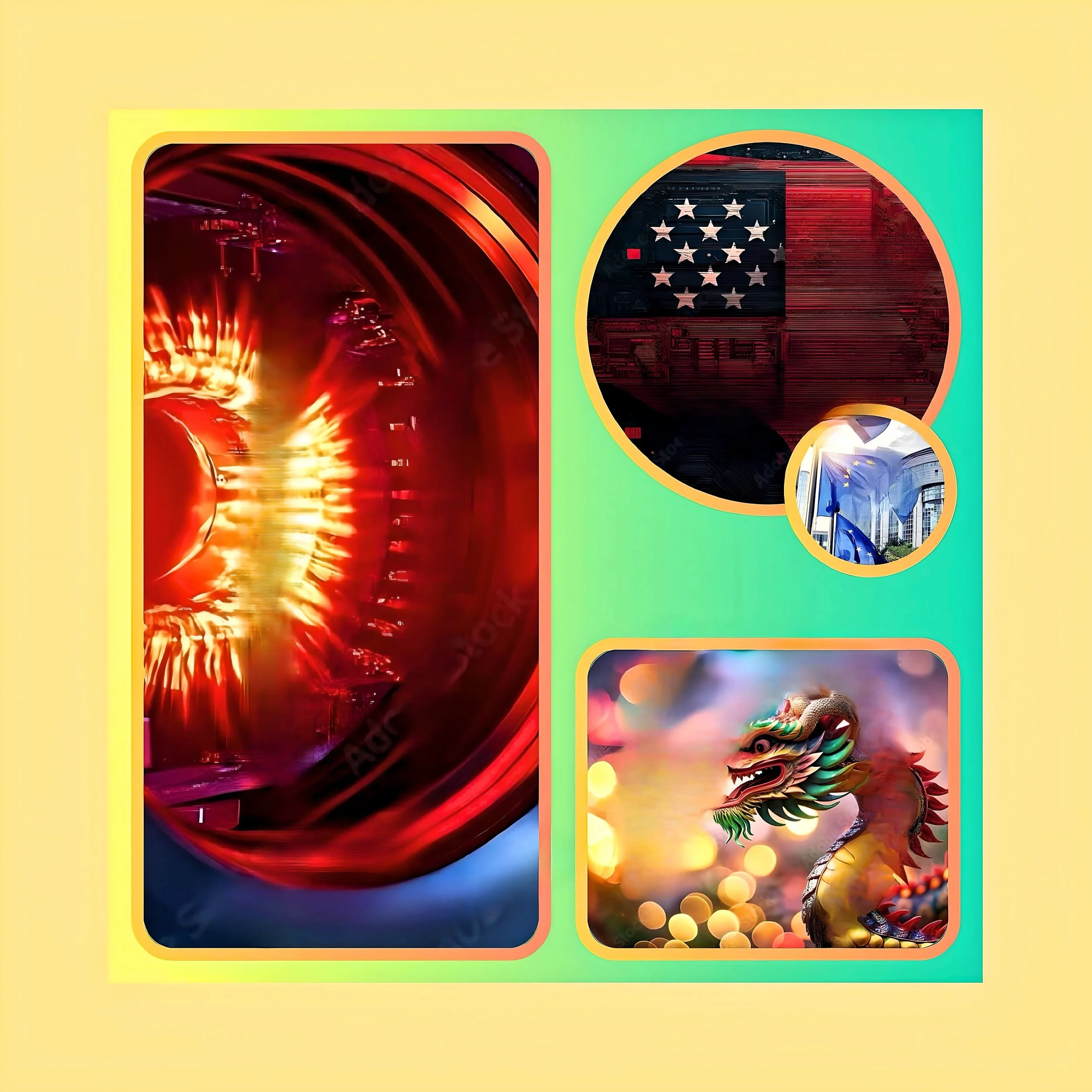What are key aspect for China’s artificial sun project? What is the update
Introduction
China’s “artificial sun” project, officially known as the Experimental Advanced Superconducting Tokamak (EAST), has made significant strides in nuclear fusion research. Here are the key aspects and recent updates
Key Aspects
Purpose and Design
The EAST reactor is designed to replicate the nuclear fusion process that occurs in the sun, with the ultimate goal of providing a clean, sustainable, and virtually limitless source of energy. It features
Non-circular cross-section
Fully superconducting magnets
Actively water-cooled plasma facing components
International Collaboration
EAST is part of the International Thermonuclear Experimental Reactor (ITER) program, contributing to global fusion research efforts.
Recent Updates
Record-Breaking Achievement
On January 20, 2025, EAST set a new world record by sustaining high-confinement plasma operation for 1,066 seconds (about 17 minutes) at temperatures exceeding 100 million degrees Celsius.
This breakthrough surpassed the previous record of 403 seconds set in 2023.
Significance of the Achievement
Operational Stability: The extended duration demonstrates enhanced reactor stability and efficiency in maintaining extreme conditions necessary for nuclear fusion.
Future Implications: This milestone brings scientists closer to achieving continuous, self-sustaining fusion reactions essential for practical power generation.
Technological Advancements: The success is attributed to upgrades in various EAST systems, including doubling the power output of the heating system while maintaining stability and continuity.
Global Impact
China’s progress in nuclear fusion research has positioned it as a leader in the field, potentially influencing the future of clean energy production.
The data gathered from EAST will support the development of other reactors both in China and internationally.
Future Prospects
China is planning to develop its first experimental fusion power reactor, the China Fusion Engineering Test Reactor (CFETR), slated for completion in the 2030s. This project aims to bridge the gap between experimental reactors like ITER and commercial fusion power plants.
Conclusion
The recent achievements of China’s “artificial sun” project represent significant steps toward realizing the potential of nuclear fusion as a viable clean energy source for the future.






